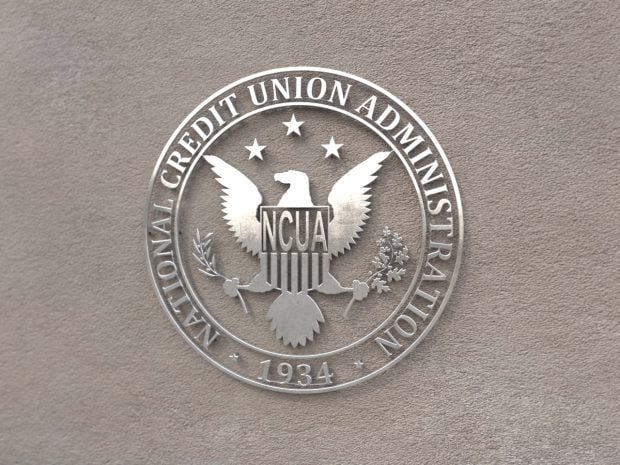WESTBROOK, Maine — It's been nearly two years since Congress passed Check 21 legislation, but Synergent's head start on planning for image exchange and enactment of the legislation, is paying off.
As of press time, 47 credit unions and 123 branches in Maine, Connecticut, New Hampshire, Massachusetts and Vermont, were transmitting items live to Synergent, a subsidiary of the Maine Credit Union League. Hunter King, senior vice president, said another five credit unions and eight branches are in pending mode and in the process of being implemented.
That brings the volume of items Synergent receives electronically from credit unions to one million a month, up from about 400,000 items it was receiving in February.
Recommended For You
Still, although the number of credit unions sending items electronically to Synergent has increased, the company still receives paper items from some CUs. But that volume is declining–it's currently at about 130,000 physical items a month, down from about 300,000 paper items it was receiving earlier in the year.
Synergent also has one partnership with Gardiner Savings and does full image exchange with the bank. Hunter said that partnership, which has been in effect since June, is "going well," and he is looking to develop similar relationships with other local banks. So far, Synergent has not joined any network. Hunter said the company is continuing to do cost analyses and expects to make a decision by the end of the year.
"We've looked at a couple of networks and are doing an analysis of the most cost efficient way to clear items," said Paquet.
"It's costly to print image replacement documents, so we're trying to find the break even point of print IRDs and the cost of joining networks," she continued. "Most of the networks we've talked with have their own transport device, so it becomes a question of how many networks do we want to support and do we want to join several networks. But then we run into cost issues." One of the network options Synergent has been considering is the Federal Reserve's FedReceipt Plus. In fact, on Aug. 21, Synergent went live with the Fed's FedReceipt. The product allows the company to receive electronic images of items from the Fed instead of requiring the Fed to print IRDs, which had to be couriered to Synergent. Paquet explained the daily volume of items Synergent is receiving over FedReceipt is directly tied to how many financials are sending to the Fed electronically. That volume is now about 10,000 items daily "because there aren't too many institutions doing FedForward."
According to Paquet, "FedReceipt is in line with getting our staff comfortable with the process of bringing in the electronic files and handling them. Each entity has its preferred method for delivery. We have one delivery method for exchanging items with Gardiner Savings. FedReceipt is for us receiving items from the Fed, while we use FedForward to send items to them. We're doing both now."
When Check 21 legislation was passed in 2004, it was estimated it would take financial institutions about five years to get up to speed with image exchange. But Hudson and Dawn Paquet, manager of check processing and support services for Synergent, agree the adoption rate has been much quicker, and that's mostly being driven by cost and time efficiencies.
"It's been an interesting transition moving from the old process to the new one," said Hunter. "Even though we've been at it for over a year now, there are still changes occurring."
© 2025 ALM Global, LLC, All Rights Reserved. Request academic re-use from www.copyright.com. All other uses, submit a request to [email protected]. For more information visit Asset & Logo Licensing.







